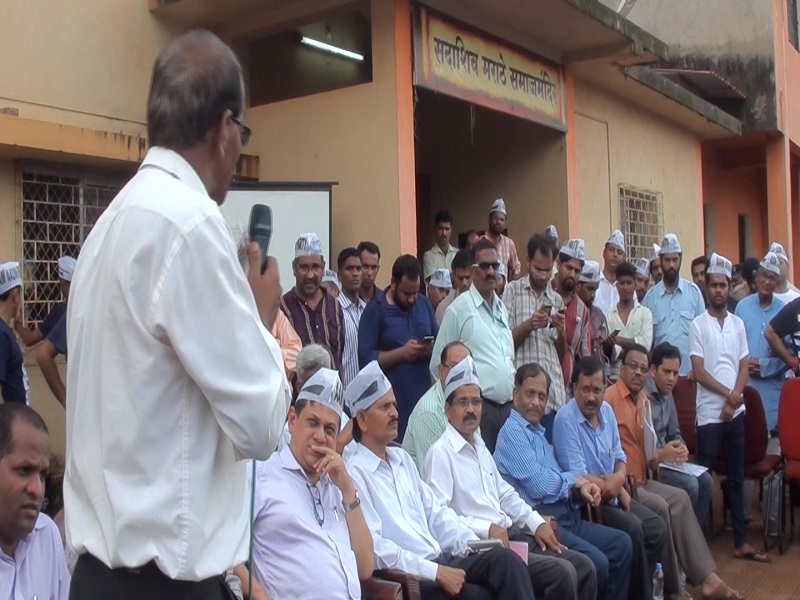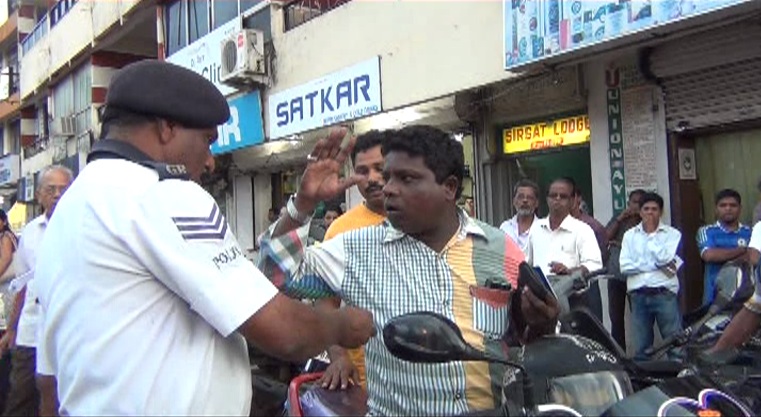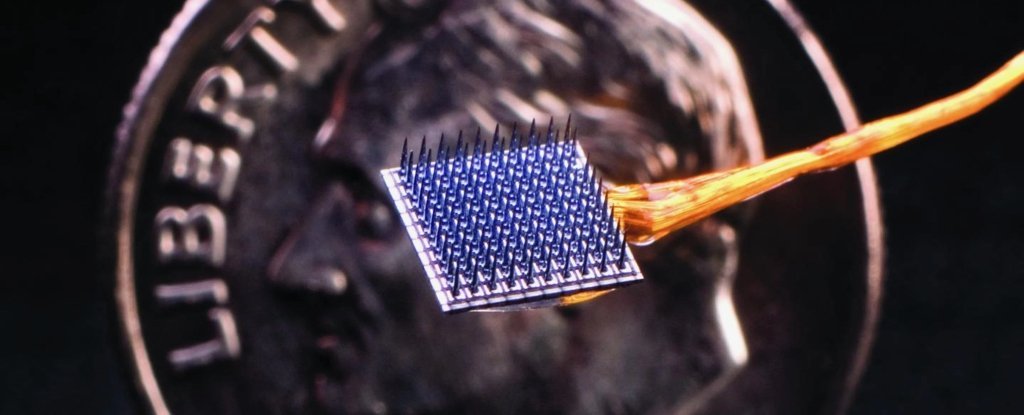Effective vaccines, without a needle: Since the start of the COVID-19 pandemic, researchers have doubled down on efforts to create patches that deliver life-saving drugs painlessly to the skin, a development that could revolutionize medicine.
The technique could help save children’s tears at doctors’ offices, and help people who have a phobia of syringes.
Beyond that, skin patches could assist with distribution efforts, because they don’t have cold-chain requirements – and might even heighten vaccine efficacy.
A new mouse study in the area, published in the journal Science Advances, showed promising results.
The Australian-US team used patches measuring one square centimeter that were dotted with more than 5,000 microscopic spikes, “so tiny you can’t actually see them,” David Muller, a virologist at the University of Queensland and co-author of the paper, told AFP.
These tips have been coated with an experimental vaccine, and the patch is clicked on with an applicator that resembles a hockey puck. “It’s like you get a good flick on the skin,” said Muller.
The researchers used a so-called “subunit” vaccine that reproduces the spikes that dot the surface of the coronavirus.
Mice were injected either via the patch over the course of two minutes, or with a syringe.
The immune systems of those who got the patch produced high levels of neutralizing antibodies after two doses, including in their lungs, vital to stopping COVID, and the patches outperformed syringes.
The researchers also found that a sub-group of mice, who were given only one dose of vaccine containing an additional substance called an adjuvant used to spur immune response, “didn’t get sick at all,” said Muller.
Easy to apply
What makes them more effective?
Vaccines are normally injected into our muscles, but muscle tissue doesn’t contain very many immune cells needed to react to the drug, explained Muller.
In addition, the tiny spikes cause localized skin death, which alerts the body to a problem and triggers a greater immune response.
For the scientist, the logistical advantages couldn’t be clearer.
First, when dry-coated on a patch, the vaccine is stable for at least 30 days at 25 degrees Celsius (77 degrees Fahrenheit) and one week at 40C (104F), compared to a few hours at room temperature for the Moderna and Pfizer vaccines.
This offers a major advantage particularly for developing countries.
Second, “it’s very simple to use,” said Muller. “You don’t necessarily need highly trained medical professionals to deliver it.”
Burak Ozdoganlar, a professor of engineering at Carnegie Mellon University in the US city of Pittsburgh, has also been working on the technology since 2007.
He sees yet another advantage: “Less amount of vaccine delivered precisely to skin can activate an immune response similar to intramuscular injection,” he told AFP. It’s an important factor as the developing world struggles to procure enough COVID vaccine.
Ozdoganlar can produce around 300-400 patches a day in his lab, but hasn’t been able to test them out on mRNA vaccines, which have come to the fore during the pandemic, because he hasn’t been authorized by Pfizer or Moderna.
‘The future’
The patch used in the study published on Friday was made by Australian company Vaxxas, which is the furthest along. Human trials are planned from April.
Two other American companies are also part of the race: Micron Biomedical and Vaxess.
The latter, founded in 2013 and based in Massachusetts, is working on a slightly different type of patch, with microneedles that dissolve in the skin.
They say this approach has the benefit of requiring fewer spikes per patch – just 121 – made of a protein polymer that is biocompatible.
“We’re working on a seasonal COVID and flu combination product that will be mailed directly to patients’ homes, for self-administration,” CEO Michael Schrader told AFP.
The COVID vaccine they are using is produced by the company Medigen, already authorized in Taiwan.
Vaxess has just opened a factory near Boston, with funding from the US National Institutes for Health. They aim to produce enough patches to vaccinate 2,000 to 3,000 people in clinical trials, which are to be launched next summer.
The main challenge right now is production, with no manufacturers yet able to make enough patches en masse.
“If you want to launch a vaccine you have to produce hundreds of millions,” said Schrader. “We do not have that scale as of today – no one really has that scale.”
But the pandemic has given a push to the nascent industry, which is now attracting more investors, he added.
“This is the future, in my opinion, it is inevitable,” said Schrader. “I think you’re going to see over the next 10 years, this (will) pretty dramatically reshape the way that we get vaccines around the world.”
© Agence France-Presse


 Local7 years ago
Local7 years ago
 Crime8 years ago
Crime8 years ago
 Local8 years ago
Local8 years ago
 Top Stories2 years ago
Top Stories2 years ago
 Crime8 years ago
Crime8 years ago
 Crime8 years ago
Crime8 years ago
 Sports10 months ago
Sports10 months ago
 Crime8 years ago
Crime8 years ago






You must be logged in to post a comment Login